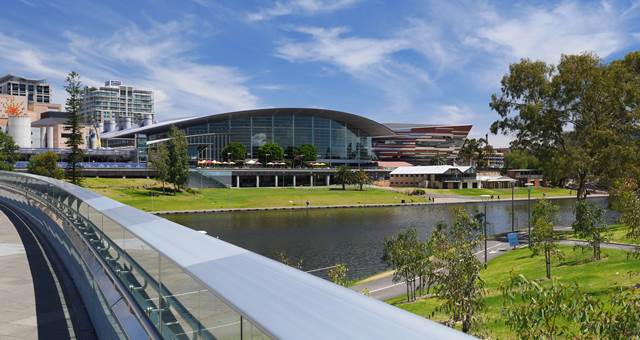By Ian Neubauer
Falls in occupancies at hotel in most Australian cities are being attributed to declining forward bookings for business travel, according to new report.
With the exception of Perth and Darwin, where occupancies grew by 0.4 per cent and 4.1 per cent respectively, occupancy rates are down or saw flat growth in the 12-month period ending September 2008.
Sydney and Melbourne saw a decline of 0.2 per cent in the period off the back of record highs achieved the year before, when occupancies surpassed the 80 per cent mark in both cities.
Queensland hotel industry was hardest hit. Occupancies were down 2.8 per cent in Brisbane, 2.1 per cent on the Gold Coast and 5.5 per cent in Cairns, which has been hammered by a downturn in leisure and business tourism from Japan.
“We think towards the end of the last year people put a freeze on a lot of discretionary spending,” AHA chief executive, Bill Healey, told The Australian Financial Review. “We are still a bit concerned about conventions and business-related training programs.”
The report, compiled by Colliers International from Australian Bureau of Statistics data, showed room rates were nevertheless marching upward across all major Australian cities.
The standout cities were Perth, Darwin and Canberra, which recorded double-digit improvement in their average room rates. “Perth hotels achieved the strongest room rate growth, rising by 19.2 per cent to $153.13, closing the gap on Brisbane as Australia’s third most expensive city to stay overnight,” said Colliers International director – hotels and valuations, Michael Thomson.
Rates in Sydney increased 3.4 per cent and in Brisbane they increased by 6.1 per cent. Rates in Melbourne increased by 8.1 per cent.
Thomson added that more rate rises may be on the horizon this year as hoteliers look for ways to boost the bottom line in the face of declining occupancies.
“It’s hard to see any of the major markets generating occupancy over the next 12 months, and therefore any further revenue per available room growth is more likely to come from being able to increase average rates,” he said.
To comment on this story, click here.

